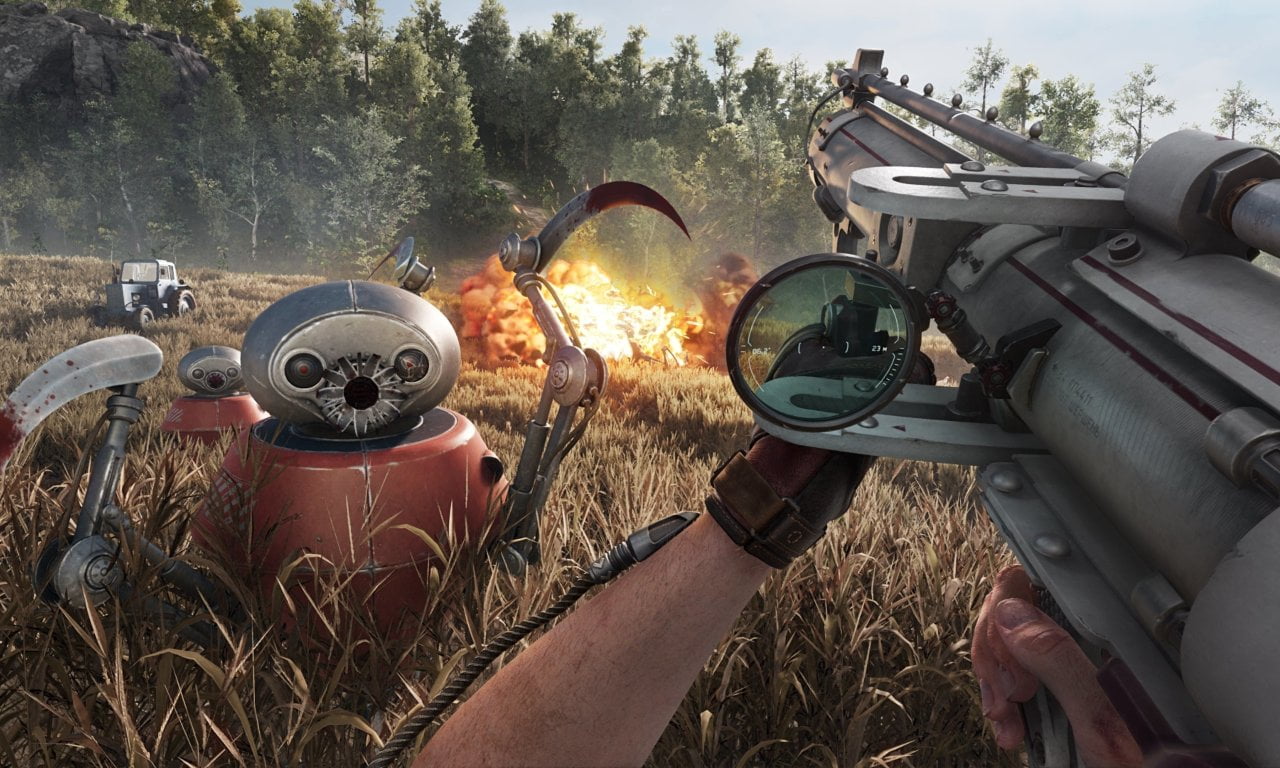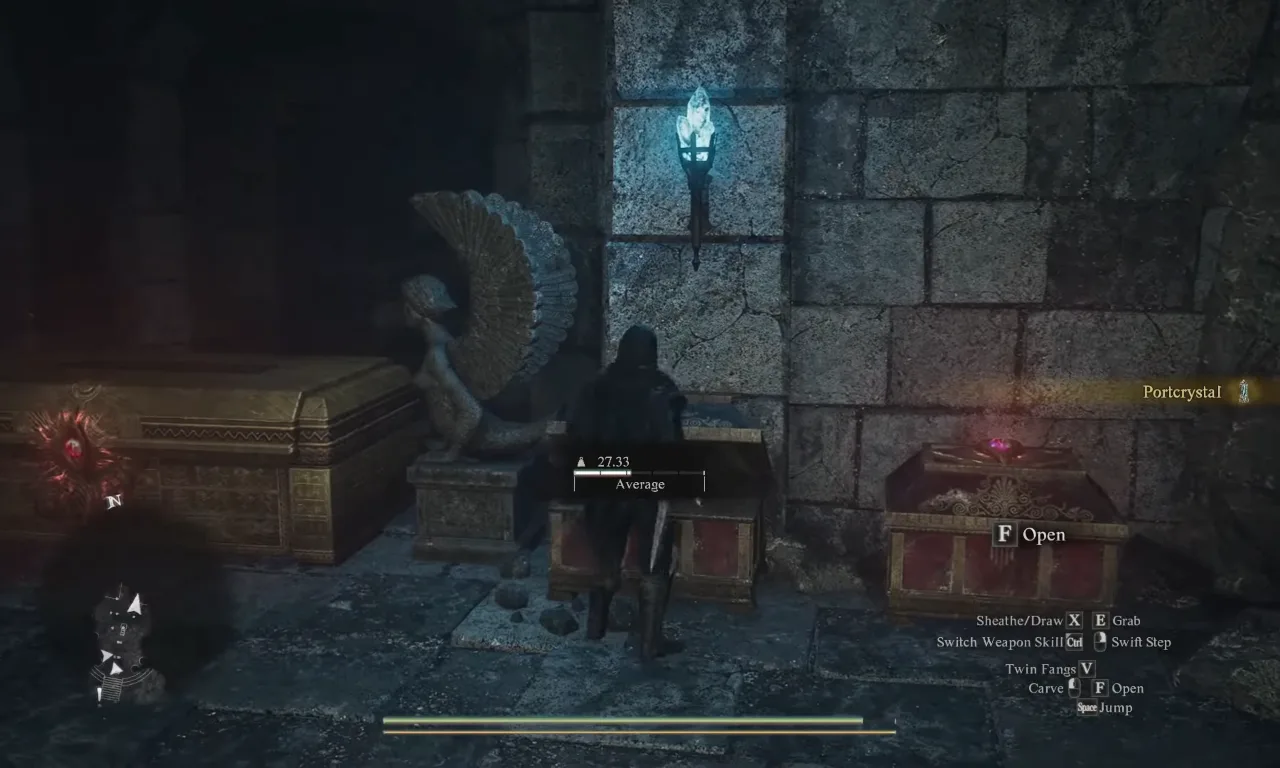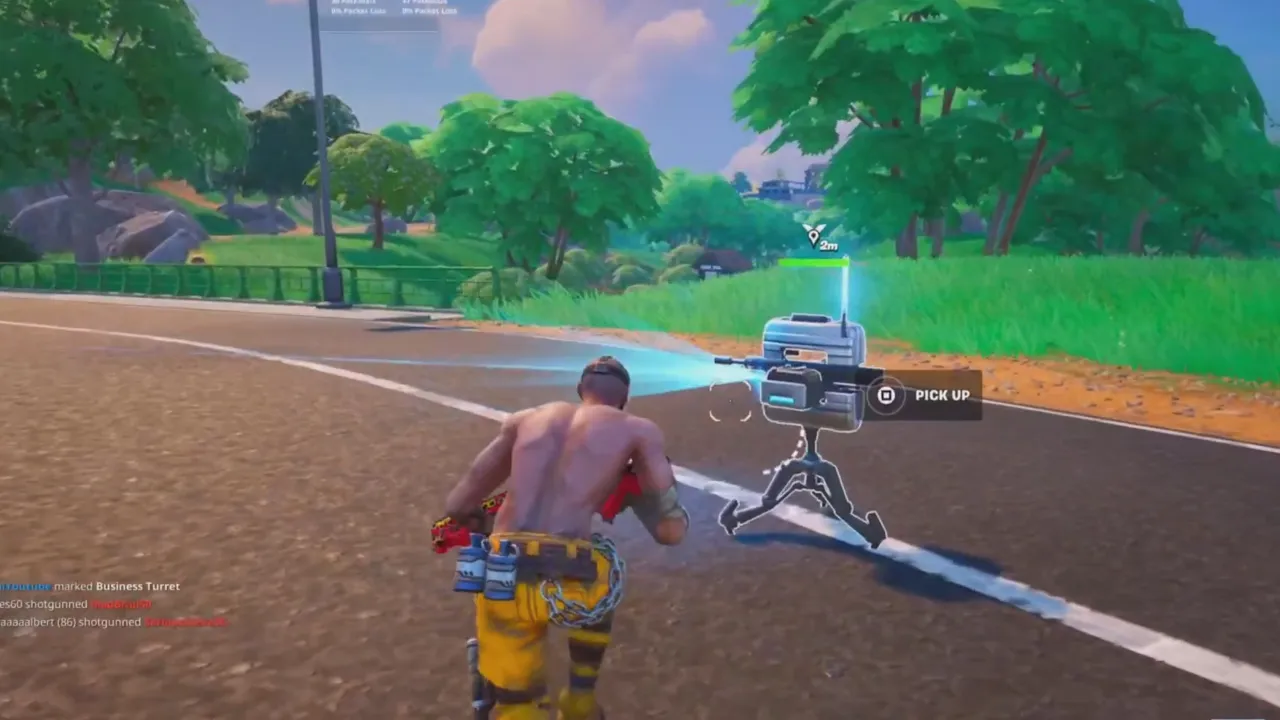Are you excited about the release of Atomic Heart? If so, you might be wondering whether your PC is ready to handle the game. In this article, we’ll provide you with all the information you need to know about Atomic Heart system requirements. From minimum to recommended specs, we’ve got you covered.
Atomic Heart is an upcoming action-adventure and role-playing game developed by Mundfish. It is set in an alternate-universe Soviet Union, with the story taking place in a world of surrealism and science fiction. Atomic Heart is an innovative first-person shooter combining the distinctive features of Fallout and Bioshock in a compelling sci-fi setting. Fortunately, the game’s system requirements are quite minimal, thus allowing it to run on the majority of mid-level gaming PCs.
Atomic Heart Minimum System Requirements
Let’s start with the minimum system requirements for Atomic Heart. According to the game’s developer, Mundfish, your PC should have at least the following:
- Operating System: Windows 10 64-bit
- CPU: Intel Core i5 4460 or AMD Ryzen 5 1600
- GPU: Nvidia GeForce GTX 960 or AMD Radeon R9 380
- RAM: 8GB
- Storage: 90 GB
To play Atomic Heart, a first-person shooter game, you need to meet certain minimum requirements. Your graphics processing unit (GPU) should have a VRAM capacity of at least 4GB, which can be fulfilled by GPUs such as Nvidia GeForce GTX 960 or AMD Radeon R9 380. You don’t necessarily need to have the most high-end graphics card in the market to run the game smoothly. In fact, many options from the past few years can handle the game’s fast-paced action without any trouble. So, regardless of whether you’re a fan of Nvidia or AMD, you can easily run the game without worrying about upgrading your GPU.
To make sure your game runs without a hitch, you’ll need to make sure your computer’s got the right specs. Specifically, you’ll need a CPU that’s on par with the Intel Core i5 4460 or AMD Ryzen 5 1600 and a minimum of 8GB of RAM. But don’t sweat it too much, because those are just the bare minimums, and they’re actually pretty doable for most folks. But, if you want to kick things up a notch with snazzy graphics and higher fps to get super-smooth performance, you’ll want to invest in solid hardware.
Atomic Heart Recommended System Requirements
If you want to experience Atomic Heart at its best, you’ll need a PC that meets the recommended system requirements. Here’s what Mundfish recommends:
- Operating System: Windows 10 (64-bit)
- CPU: Intel Core i7 7700 or AMD Ryzen 7 2700X
- GPU: Nvidia GeForce GTX 1080 or AMD RX Vega 64
- RAM: 16GB
- Storage: 90GB
When aiming to meet the recommended specifications for Atomic Heart, the developer Mundfish suggests utilizing either an Nvidia GTX 1080 or AMD RX Vega 64 GPU, a processor such as Intel Core i7 7700 or AMD Ryzen 7 2700X, and at least 16GB RAM. Although these specs may not be considered top-of-the-line in the current gaming world, they’re still pretty good and shouldn’t cost you an arm and a leg allowing you to engage in battles against robots with ease.
Ready to blow up the world of Atomic Heart? You’ll need to free up 90GB of storage to make it happen, but should you upgrade to a solid-state drive? For an unbeatable gaming experience, you can’t go wrong by investing in the best SSD for gaming. Your entire Steam library will thank you for it! In general, the advantages of a solid-state drive over a mechanical hard disc include faster loading times, better durability, and increased storage capacity. Moreover, SSDs are becoming increasingly cost-efficient, making them an accessible and highly recommended upgrade for any gaming enthusiast.
Can Your PC Handle Atomic Heart?
If you’re not sure whether your PC can handle Atomic Heart, there are a few tools you can use to check your system specs. One of the most popular tools is called Can You Run It, which is available on the System Requirements Lab website. To use this tool, simply navigate to the website, select Atomic Heart from the list of games, and click “Can You Run It.” The tool will then scan your system and let you know whether your PC meets the minimum or recommended requirements.







